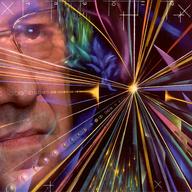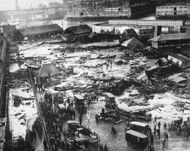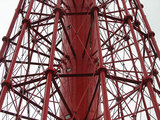Randomness & God: Templeton Prize 2008
 Monday, June 23, 2008
Monday, June 23, 2008  This past march, Michal Heller was awarded the 2008 Templeton Prize, an honor that groups him with other prize winners as "entrepreneurs of the spirit"— defined by John Templeton as outstanding individuals who have devoted their talents to those aspects of human experience that, even in an age of astonishing scientific advance, remain beyond the reach of scientific explanation.
(more)
This past march, Michal Heller was awarded the 2008 Templeton Prize, an honor that groups him with other prize winners as "entrepreneurs of the spirit"— defined by John Templeton as outstanding individuals who have devoted their talents to those aspects of human experience that, even in an age of astonishing scientific advance, remain beyond the reach of scientific explanation.
(more)
I have written before about past winners, and of research sponsored by the Templeton Foundation. Yet I have not found explicit writing that attempts to join together the separate strands of science and the divine through the prism of chaos until I read some of Heller's works. This may be because of his very obvious dual hats: Heller is both a cosmologist and Catholic priest, who managed to thrive in communist Poland.
Heller is really interested in the ultimate beginnings of everything. His work and speculation must necessarily include theology because his target is the start of everything before there was a Start to Everything:
Various processes in the universe can be displayed as a succession of states in such a way that the preceding state is a cause of the succeeding one… (and) there is always a dynamical law prescribing how one state should generate another state. But dynamical laws are expressed in the form of mathematical equations, and if we ask about the cause of the universe we should ask about a cause of mathematical laws. By doing so we are back in the Great Blueprint of God's thinking the universe, the question on ultimate causality…: "Why is there something rather than nothing?" When asking this question, we are not asking about a cause like all other causes. We are asking about the root of all possible causes.










